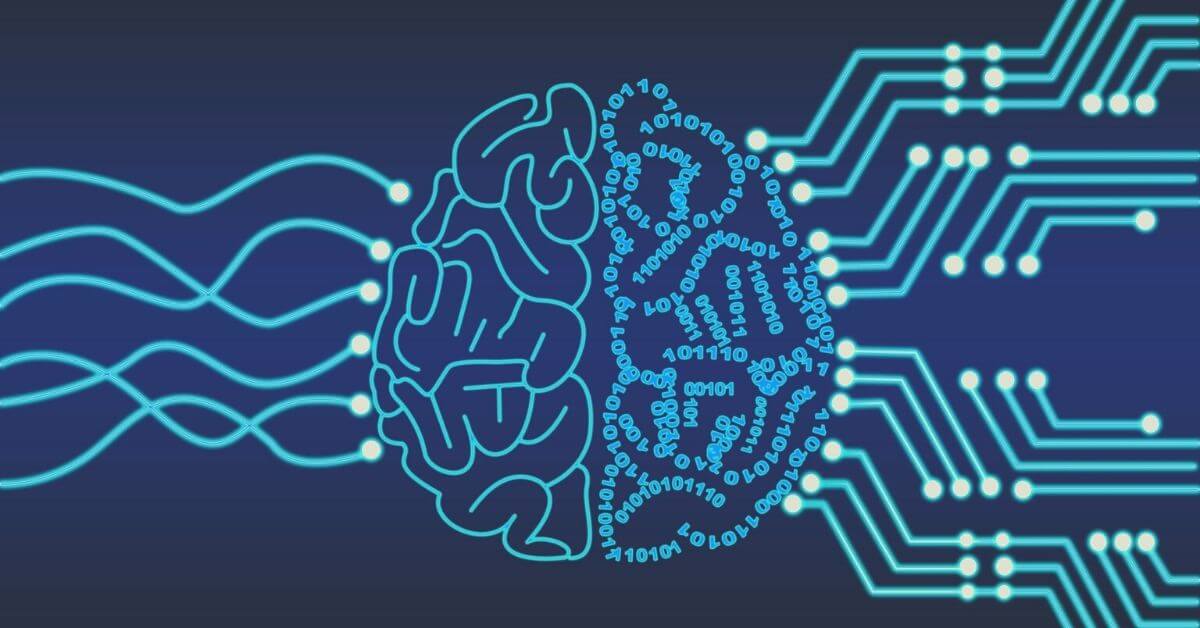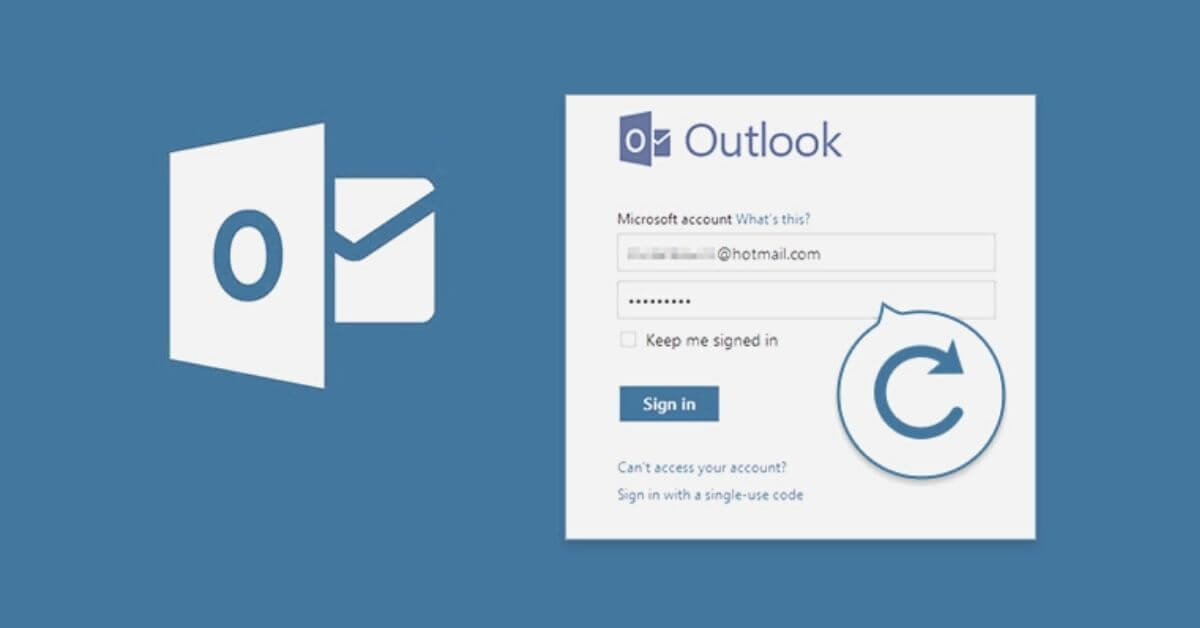What are The top Benefits of Machine Learning?
Machine learning is a method used for computer algorithms to become progressively better in finding and assessing patterns in data. Check out the top benefits of Machine learning below.
Machine learning is a method used for computer algorithms to become progressively better in finding and assessing patterns in data. Machine learning is a subset of artificial intelligence (AI), a term that has been overused, misappropriated, and misunderstood.
The goal of machine learning is not to replace human efforts but instead to work collaboratively to help improve the accuracy of results for further analysis. Machine learning's focus is on automation speeds up processes to be completed more quickly than with traditional research alone.
This means that machine learning could free up scientists to spend less time analyzing data and more time conducting additional experiments or other research efforts. Here are four ways that machine learning may lead the way towards discoveries:
1) It helps to prevent errors when analyzing raw data
2) It helps to measure the significance of discovered results
3) It can speed up research and experimental processes
4) It can reduce or eliminate the need for human intervention in data analysis efforts.
Machine learning is not a magic formula that will solve all research issues. Still, it has great potential in its ability to help find new ways to improve our knowledge and understanding of various phenomena and events around us every day.
Is it possible for a computer program to learn?
Artificial intelligence has become a popular topic in today's society. Many television shows, movies, and novels are based on artificial intelligence becoming self-aware and overpowering humanity. With all this talk about AI out there, people may wonder if machines can learn.
Machine learning uses algorithms that look at data input and recognize patterns within that data without being told what those patterns are ahead of time. This type of algorithm is called "unsupervised" because the programmer doesn't say to the computer how to solve problems or analyze data; they let the machine observe information and act accordingly to solutions by itself. On the other hand, supervised algorithms are used in cases where a problem needs to be solved or a task needs to be completed, refer to RemoteDBA.com to know more.
Many people think that machine learning is just another term for artificial intelligence, but it is considered AI. Machine learning helps set up supervised algorithms so they can run autonomously without being told how to answer questions or process data. The more information scientists feed into these systems, the better they can help solve problems and provide valuable conclusions.
Have you ever wondered how Netflix knows what movies to suggest to you? Or why Amazon sends you recommendations of items it thinks you might like to buy based on your purchase
Machine learning is how these companies (and others) can make suggestions, which improves the user experience. They use machine learning both implicitly and explicitly every day. Through machine learning, we have an opportunity to monitor our credit scores and score mortgage candidates through client scorecards.
These are all examples of supervised machine learning. The general goal of supervised machine learning is to train an algorithm so that it can score it when new data comes in.
Use of Algorithm
Netflix is training its algorithm on its entire library of movies so that when you are picking something to watch, the algorithm can recommend what you might like based on your preferences. Amazon is training its algorithm with every purchase people have made so that when someone makes a new purchase, Amazon can check their past purchases against this new one and make recommendations for what they might want to buy next.
These machine learning algorithms "learn" by being trained on data. So all Netflix or Amazon needs to do is show the algorithm examples of data points (movies or purchases) and tell them which ones are good (like movies A, B, C) and which ones are bad (movie X). Then the system will figure out how to score new movies based on these examples.
The future is now. No, really. Did you think that of course there were self-driving cars and robots everywhere since the dawn of Terminator? Well, not quite yet - although it's becoming a reality more and more every day. In this article, I'll offer a glimpse into what daily life would look like if Artificial Intelligence was widely applied to everything we know today by showing real examples from today's state of AI development.
Machine learning in focus
A recent article in the New York Times is bringing machine learning into focus. It explains how an algorithm could correctly identify whether someone has Alzheimer's or not with 79% accuracy just by looking at PET scans of the brain. The algorithm didn't know anything about the brains - they weren't labeled. They were just a random set of brain images.
But with some clever mathematics and careful analysis, they were able to train their system to identify tell-tale signs of Alzheimer's with high accuracy. It can do this because different diseases show up in the same places in the brain scans (e.g., both Alzheimer's patients and healthy people have bright spots in certain parts of the brain), but not in others (e.g., Alzheimer's patients have a dark spot in areas of the hippocampus, while healthy people do not).
With example-based machine learning systems, you can either give an algorithm small pieces of information at a time or give it all the information in one shot. Whatever way it is being done, machine learning can be both explicit and implicit. Explicit means being taught with details from the real world - images, text, currency transactions, etc.
Implicit means that even if there aren't any real-world data used to train the system, all the algorithms need are examples of good results versus bad results to learn from those examples. With implicit machine learning, you don't have access to what your algorithm learned or how it learned because all you gave as examples of correct vs. incorrect outputs.
Example-based machine learning is used in spam filters when people train their system by showing examples of spam versus non-spam messages. The system learns that certain words indicate spam (or any other label), so when someone emails with those words, it will be labeled as well. And if your email doesn't have any of these big red flags, then there is a very good chance that your email is not spam!

Subscribe & get all related Blog notification.





Post your comment